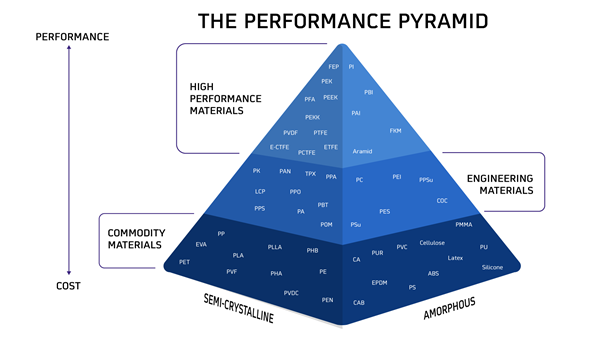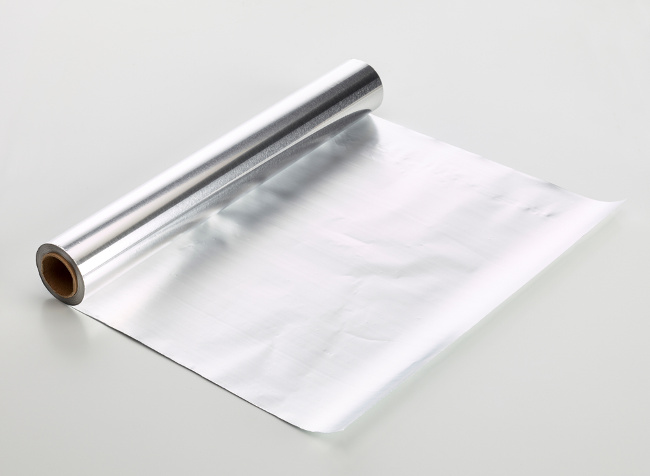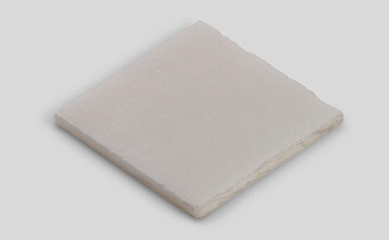Subscribe to our newsletter to receive our latest news and special promotions
CASE STUDIES

Rather than being a physical tube, such as a drinking straw or a gas pipe, a Nanotube is a material of nanoscale proportions that has a tube-like structure.

here is a wide range of metal fasteners commonly available for standard applications, but what if your application is at very high temperature or in a highly corrosive environment?

Picture a structure formed by fibres or ligaments that frame open cells. The structure would, of course, be lightweight, permeable and shock-resistant while retaining the properties of the parent material.

Goodfellow provided high performance and advanced ceramics for a permanent exhibition at The National Museum of Scotland in Edinburgh.

Goodfellow has a very good relationship with The Science and Industry Museum
in Manchester. It provides has provided technical advice about the properties of each material as well as donating different materials such as aluminium foam which are crucial for the workshop.
in Manchester. It provides has provided technical advice about the properties of each material as well as donating different materials such as aluminium foam which are crucial for the workshop.

Traditional ceramic material is hard, stiff, heavy and solid. However, in the design sector there is a requirement for materials which are flexible and versatile. Foam material tends to be lightweight, soft, squishy and airy. When the two are put together to produce ceramic foam it enables the material to be incorporated into furniture design for homes.

Silicon carbide (SiC) and boron carbide (B4C) are among the world’s hardest known materials and are used in a variety of demanding industrial applications, from blasting-equipment nozzles to space-based mirrors.

The design of graphene-based hybrid nanomaterials for photocatalytic applications is one of the most promising areas of research in the field of water remediation.

Sapphire, the single crystal form of corundum or else (alpha) Alumina, was originally synthesised over a century ago.

Material constraints and diversity are major barriers to turning 3D printing into a production process. Goodfellow has a growing line of additive manufacturing (AM) raw materials and is continually increasing its production supply with the advancement of constantly evolving AM technology for more than three decades.

In traditional additive manufacturing (AM) methods, there have always been constraints in terms of what materials can be used. Additive manufacturing capable of building functional multi-material components has been a key challenge in recent years. The solution lies in Additive Flow’s multi-functional software, with multi-property capabilities, driven by a multi-physics approach.

PMMA light guide supplied by Goodfellow on an aerospace project has helped to identify charged particles as part of the Alpha Magnetic Spectrometer (AMS-02) on board the International Space Station.

Goodfellow supplied platinum wires to aid an aerospace project. The Cassini-Huygens project was the first human-made object to land on a world in the distant outer solar system.

Goodfellow has provided bespoke alloys for use by a world-leading aerospace manufacturer focused on satellites and engines. The client develops, produces and sells engines for commercial and military aircraft and satellites as well as offering a complete range of support services to airlines, armed forces and other operators, including fleet management.

Goodfellow provided the materials necessary for the development of an electric race car in the Formula Student project, which is an international engineering design competition comprising hundreds of teams across the world. These teams competed with their vehicles at a series of international events. With 8 cars in the portfolio, Goodfellow supported the development of the two latest prototypes, the FST 07e and FST 08e.

Wire provided by Goodfellow has been applied in the development of technical devices for the Defence sector. The components of these electrical devices are used by the army in a number of countries around Europe for different tactical applications. The quantities of the materials used were a few kilometres of wire.

The characteristics of glass provide the basis for the development of innovative glass formulations that can result in novel solutions to high-tech challenges. Goodfellow has thorough knowledge of glass formulations which is required for the raw materials to be used.

The client applies innovation with its projects and has core skills in measurement, motion control, healthcare, spectroscopy and manufacturing. Goodfellow has built a strong relationship with this client which has stemmed from providing both high quality and accurately measured materials for more than three decades.

Otherwise known as Aluminium Oxide (Al2O3), Alumina is a white, nearly colourless crystalline substance.

A composite is a material made from two or more constituent materials that have significantly varying physical or chemical properties.

Nickel is a multifunctional metal with ferromagnetism and corrosion resistance. Metal foam nickel has many excellent characteristics, so its application is relatively wide.

Today, we know Platinum as a lustrous, malleable and ductile member of the Platinum Group Metals or Precious Metals.

Boron Nitride, or BN, is not as “famous” and has less visibility than other simple inorganic compounds.

Vitreous Carbon, otherwise known as “Glassy Carbon”, is a non-graphitising carbon and comes in many forms.

What makes up 27.7% of the Earth’s crust and is one of the most useful elements known to mankind? The answer is Silicon!

Glass has two main defining characteristics: it is an amorphous (non-crystalline) solid, meaning that there is no long-range order of the positioning of its molecules; and it exhibits a reversible transition from a hard, brittle state to a molten state when heated, without a pronounced change in material structure.

















